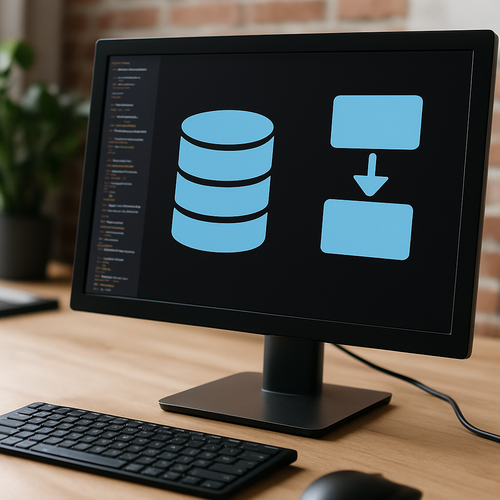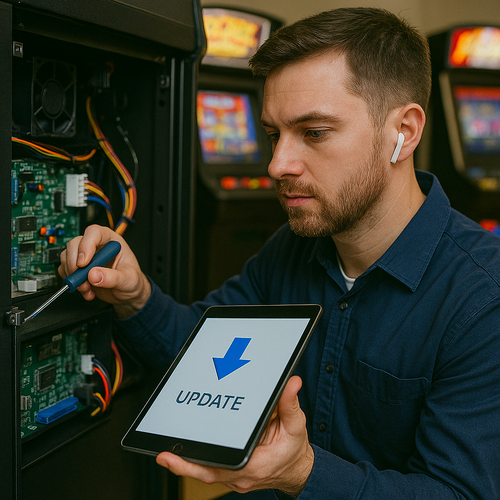
With high load and many integrations, it is important that all processes work stably and without loss. We implement an architecture using queues and background processing systems that offloads APIs, tracks tasks, eliminates load peaks, and accelerates integration with external systems.
This model is especially effective for mass synchronization, working with webhook events, financial transactions, and interacting with slow external services.
What is implemented
| Component | Purpose and capabilities |
|---|---|
| Message queues | RabbitMQ, Redis Streams, Kafka - asynchronous data transfer |
| Background Tasks | Data processing in workflows (e.g. via Laravel Queue) |
| Buffering requests | Collect and defer sending events to external APIs |
| Retry-mechanisms | Retry on failure, monitoring delays and attempts |
| Queue monitoring | Track status, delays, failures, and execution statistics |
How it works
1. An incoming request is written to a queue or task
2. Processing takes place in the background - without main flow delay
3. Response (or webhook) is sent after successful execution
4. In case of failure, the task is repeated, logged and monitored
5. All processes are tracked in the panel or through the API
Advantages
High performance even at high volumes- Resilience to external service failures
- No data loss when API is temporarily unavailable
- Ability to scale load across queues
- Timing control, deferred processing logic and retrays
Where especially important
Financial and transaction platforms- Projects with integration of external systems via webhook or API
- Analytics, loggers, feed aggregators and content collectors
- Architecture with microservices or event-driven logic
Queues and background processing are a reliable support for scalable API integrations. We are building an infrastructure in which every request will come, every process will be completed, and the system will remain stable under any load.
Contact Us
Fill out the form below and we’ll get back to you soon.









